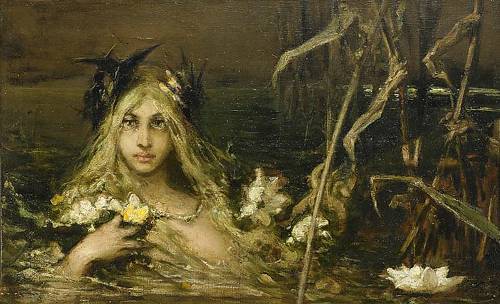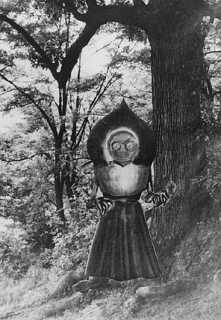A most singular circumstance has recently occurred in Louisville. One Robert Sadler being arraigned on a writ of lunatico inquirendo, the following appeared in testimony: It was allegated that in the night time he would alarm his family and his neighbors with screams as if in severe pain, exclaiming that he felt the pain inflicted upon persons at a distance, by amputation or other causes. Mr. Sadler was said to be of good character and incapable of wilfully feigning what he did not feel, and therefore was supposed by his friends to be insane. In consequence of this belief a writ was issued to make the proper legal inquiry and to decide the question. The jury however could not agree to call him insane and he was discharged. It was proved that he uttered his cries and expressions of pain at the precise time that those with whose sufferings he claimed to be in sympathy, were actually undergoing the operations, which would cause similar pain; and this under circumstances which precluded the belief that he could have been aware, by external means, of the time or place at which such operations were to take place. The length of time during which he had displayed this morbid sensibility had been so prolonged, that if he had really been practicing a deception it could scarcely have failed to be discovered. In his conversation, and in all other particulars except the one we have described, Mr. Sadler gave no evidence of anything except the most perfect sanity. The case seems to be well authenticated, and if the truth of the details can be relied upon is altogether a very remarkable one.
— Scientific American, Dec. 16, 1868


